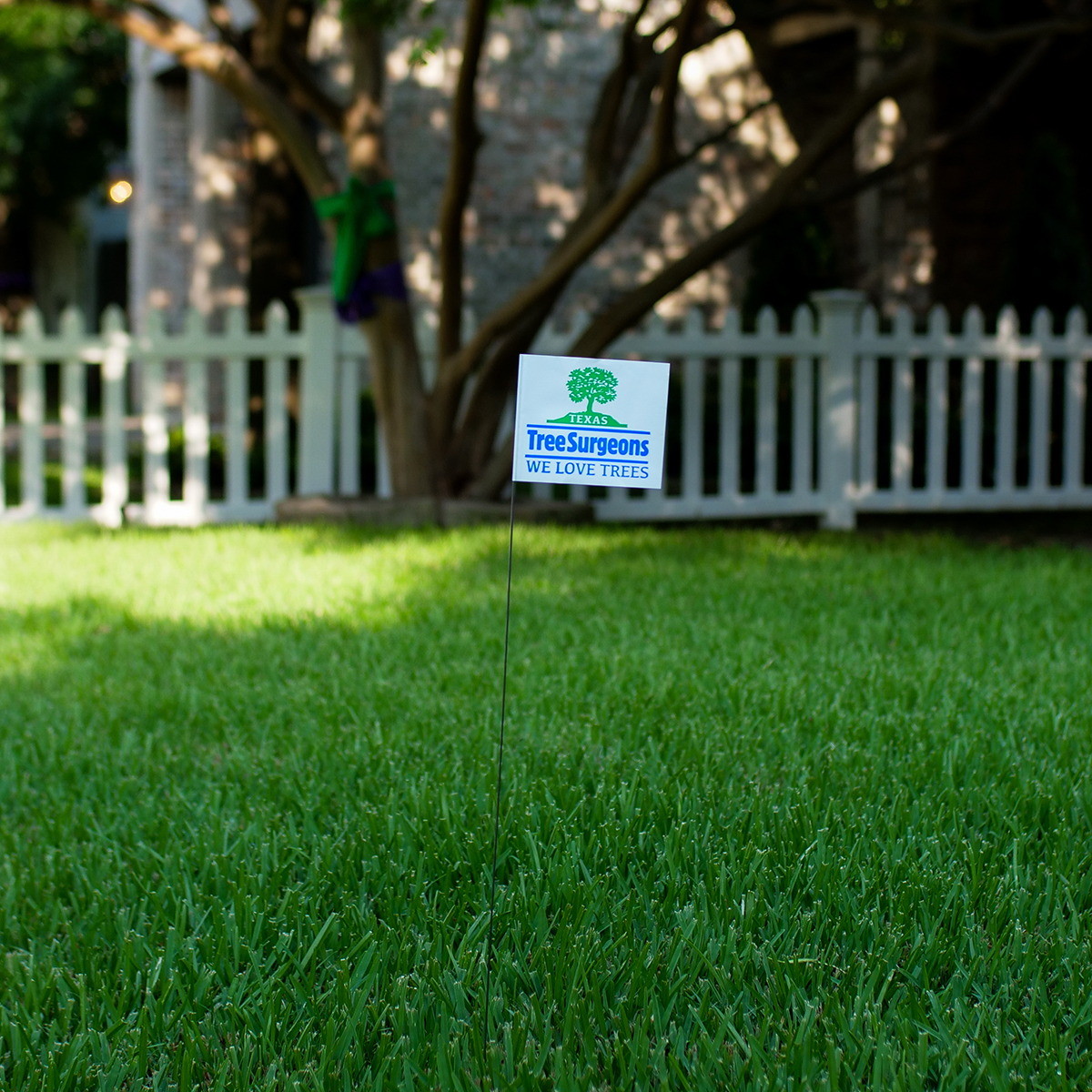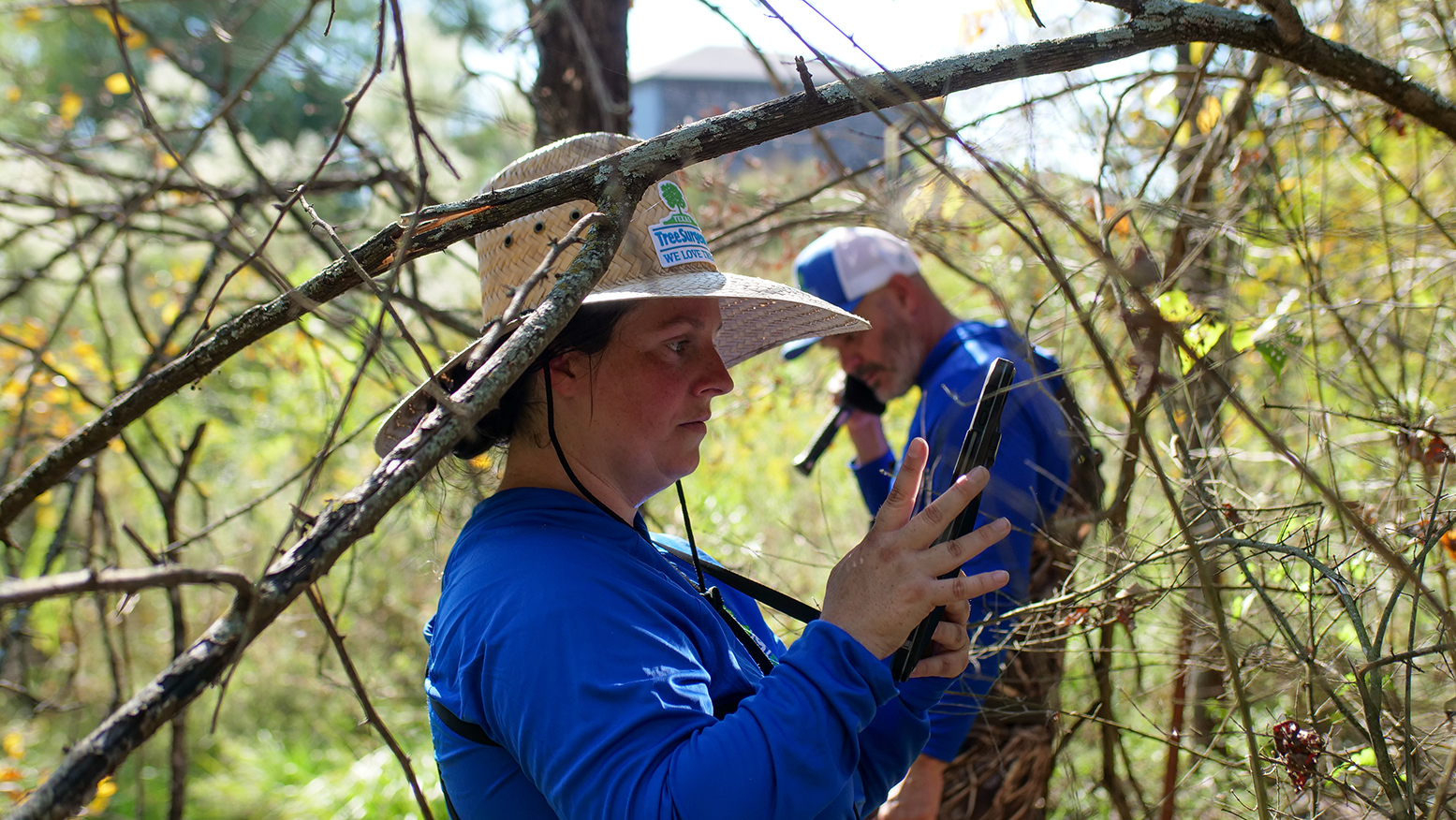Hackberry Leafroller

Hackberry Leafroller RedFlags
- Leafdrop
- Disfigured leaves
- Defoliation
- Little green worms hanging from tree
- Small green caterpillars
- Webbing
- Leaves look skeletonized
- Leaf is see-through
What is a Hackberry Leafroller Moth?
Leafrollers are distinctive due to their behavior of rolling and binding leaves together to form a shelter. Typically found in shades of green, brown, or yellow, these caterpillars cleverly camouflage themselves among foliage. This makes them particularly challenging to identify at first glance, especially in dense vegetation. It’s essential to check for leaves that seem unnaturally folded or tied, as this is a clear indication of leafroller activity.


How a Texas Tree Surgeons ISA Certified Arborist Diagnosis Hackberry Leafroller Infestation
In addition to the characteristic leaf rolling, the presence of small web-like structures can also indicate an active infestation. By gently unrolling suspect leaves, you might find the larvae nestled within, a tell-tale sign of their presence. Understanding their appearance and typical hiding spots can give you a head start in combating these pests.
How Texas Tree Surgeons Treats / Manages Hackberry Leafroller Moths
Hackberry leafrollers only have one generation per year, laying eggs on tree leaves in the fall, which hatch the following year. In North Texas, this occurs around May. Within a few weeks of the hatching, a soil-injected product containing acephate can be used, with a possible second application after a few weeks if activity is still seen. If you see leafroller webs this year, contact an arborist to get on the schedule for pesticide application next spring.
Unfortunately, once the caterpillars emerge and begin feeding there are no effective insecticidal treatments. Using a water hose or other method to remove caterpillars from trees and structures can help some, but it is important to make sure that the removed caterpillars are disposed of so that they don’t simply re-infest the tree. Proper maintenance, especially of stressed trees, is usually all that is needed to ensure a hackberry recover from leaf rollers.
Water correctly and avoid high-nitrogen fertilizers, opting instead for organic soil amendments to improve the tree’s microenvironment. As the population of leafroller caterpillars varies from year to year depending on environmental and other factors, preventative treatment is usually not recommended, due to low success rate and risk of over-usage of insecticidal chemicals.
What can Homeowners do to help their Hackberry trees with Leafroller Caterpillars?
Regular inspection of your trees for signs of leafroller activity, such as rolled leaves or larvae presence, is crucial. By removing and destroying infested leaves, you can prevent the spread of leafrollers and reduce the likelihood of larger infestations.
Maintaining overall tree health care through proper watering, fertilization, and pruning can also help hackberries withstand minor infestations without significant damage. A healthy tree is more resilient and can tolerate some level of pest activity without adverse effects.
What will Happen to my Hackberry Tree with Leafrollers?
While the hackberry leafroller can cause defoliation, there is little cause for concern. Healthy trees in good soil can withstand extensive defoliation. While trees that are under stress may suffer more from unseasonal leaf loss, hackberries are hardy, native trees in North Texas and will likely recover during the next growing season. In areas of high activity, the ground may be temporarily discolored, but this should clear up after the next heavy rain.
What species are Texas Tree Surgeons arborists seeing this effect?
- Hackberries

At Texas Tree Surgeons, we love trees and we love our community! While it’s always a little startling to see unseasonal leaf drop, losing leaves doesn’t necessarily mean a tree is doomed! We are always happy to have one of our ISA Certified Arborists out to look at your hackberries (or any other trees) and let you know if what you are seeing needs to be addressed. Get in touch today!
Related Blogs
Similar blogs related to this topic


Top 10 Things We'd Tell You as an Arborist if We Weren't Afraid of Hurting Your Feelings
This is a list of tree care worst practices that you, or someone you know may be guilty of. Read the following list at your own risk. You’ve been warned, feelings may get hurt. 1.…
Read more

Avoid These Tree Care Mistakes for a Healthy Landscape
Below is a list of overlooked mistakes that could jeopardize the health of your trees. From missteps in pruning to incorrect watering practices, discover how to give your trees the care they deserve. Red oak…
Read more

Why do Arborists Recommend Soil Sampling in Urban Areas like Dallas?
Soil sampling is a crucial practice in urban areas like Dallas. It helps arborists make informed decisions about your landscape to ensure a healthy urban ecosystem. Our native soils vary widely—from the dense clays of…
Read more
